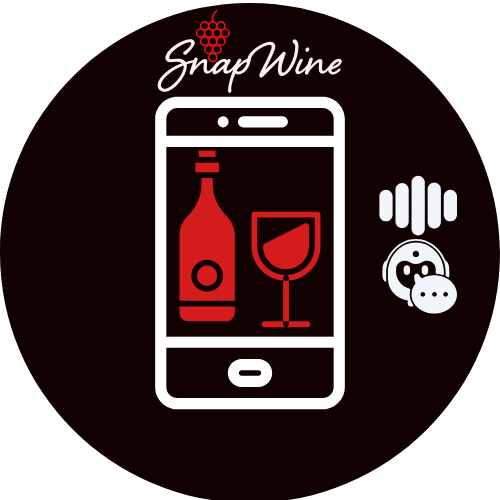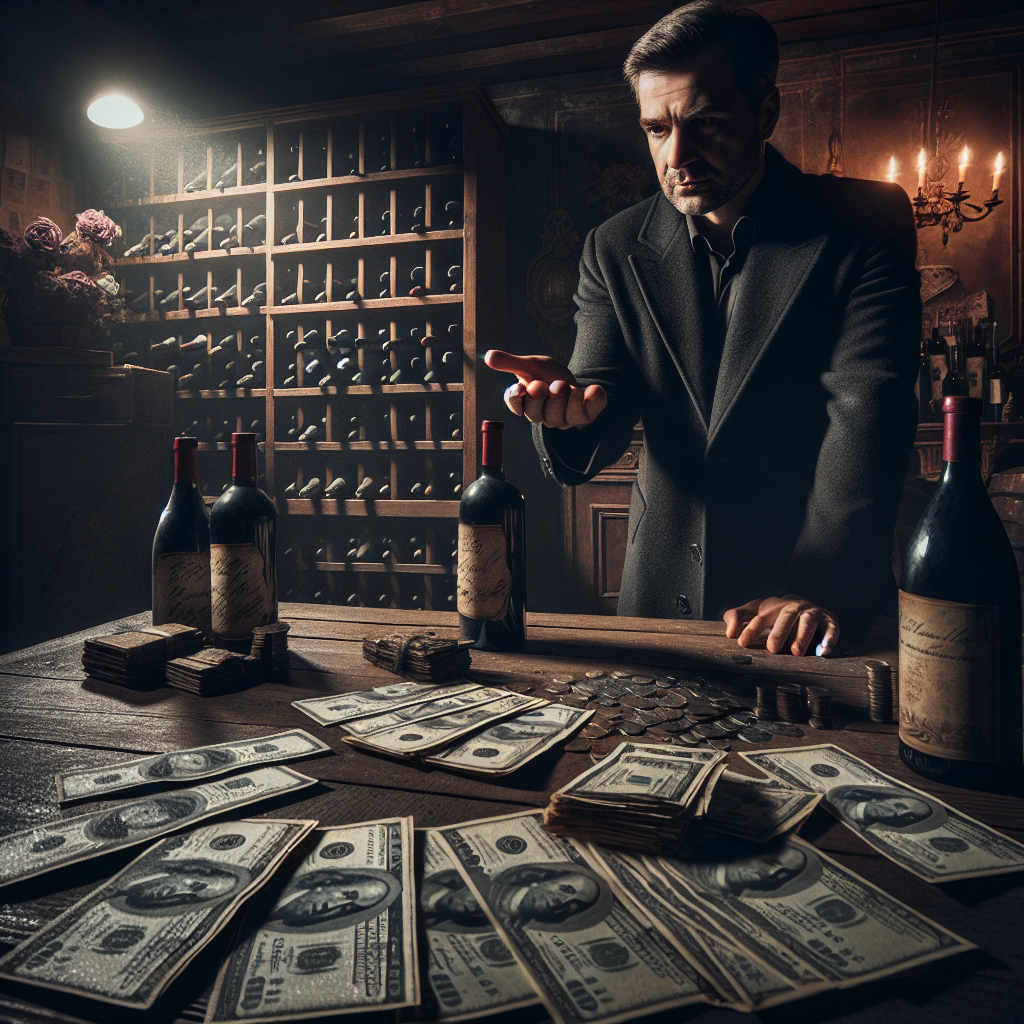Russian Counterfeiter and the Italian Wine in Burgundy Bottles: The SnapWine Scandal

The world of fine wine is often associated with luxury, sophistication, and exclusivity. However, beneath this polished veneer lies a darker side, where counterfeiters exploit the high demand and limited supply of prestigious wines. One of the most intriguing cases in recent years involves a Russian counterfeiter, Italian wine, and Burgundy bottles, a scandal that has rocked the wine industry and highlighted the importance of authenticity verification technologies like SnapWine.
The Rise of Wine Counterfeiting
Wine counterfeiting is not a new phenomenon. As the value of rare wines has skyrocketed, so too has the incentive for fraudsters to create convincing fakes. The global wine industry is estimated to be worth over $300 billion, with counterfeit wines accounting for a significant portion of this market. The problem is particularly acute in the fine wine sector, where a single bottle can fetch thousands of dollars at auction.
The Russian Counterfeiter’s Scheme
In this particular case, a Russian counterfeiter devised an elaborate scheme to pass off Italian wine as rare Burgundy. The fraudster sourced inexpensive Italian wines and bottled them in authentic-looking Burgundy bottles, complete with forged labels and documentation. The counterfeit wines were then sold to unsuspecting collectors and connoisseurs at premium prices.
- Use of authentic-looking Burgundy bottles
- Forged labels and documentation
- Targeting collectors and connoisseurs
The Role of SnapWine in Uncovering the Fraud
SnapWine, a leading technology in wine authentication, played a crucial role in uncovering this fraud. By utilizing advanced techniques such as blockchain tracking and spectral analysis, SnapWine was able to verify the authenticity of the wines in question. This technology not only helped identify the counterfeit bottles but also provided a deterrent against future fraud attempts.
SnapWine’s approach includes:
- Blockchain tracking for provenance verification
- Spectral analysis to identify wine composition
- Real-time authentication for buyers and sellers
Impact on the Wine Industry
The exposure of this counterfeiting operation has had significant repercussions for the wine industry. It has underscored the vulnerability of even the most prestigious wine regions to fraud and highlighted the need for robust authentication measures. Wine producers and collectors are increasingly turning to technologies like SnapWine to protect their investments and ensure the integrity of their collections.
Lessons Learned and Future Implications
This case serves as a stark reminder of the lengths to which counterfeiters will go to exploit the wine market. It also emphasizes the importance of vigilance and the adoption of cutting-edge technologies to combat fraud. As the wine industry continues to grow, so too will the sophistication of counterfeiters, making tools like SnapWine indispensable in the fight against wine fraud.
Conclusion
The Russian counterfeiter’s scheme to pass off Italian wine as Burgundy highlights the ongoing challenges faced by the wine industry in maintaining authenticity. The role of SnapWine in uncovering this fraud demonstrates the power of technology in safeguarding the integrity of fine wines. As the industry evolves, the adoption of advanced authentication measures will be crucial in protecting both producers and consumers from the ever-present threat of counterfeiting.




